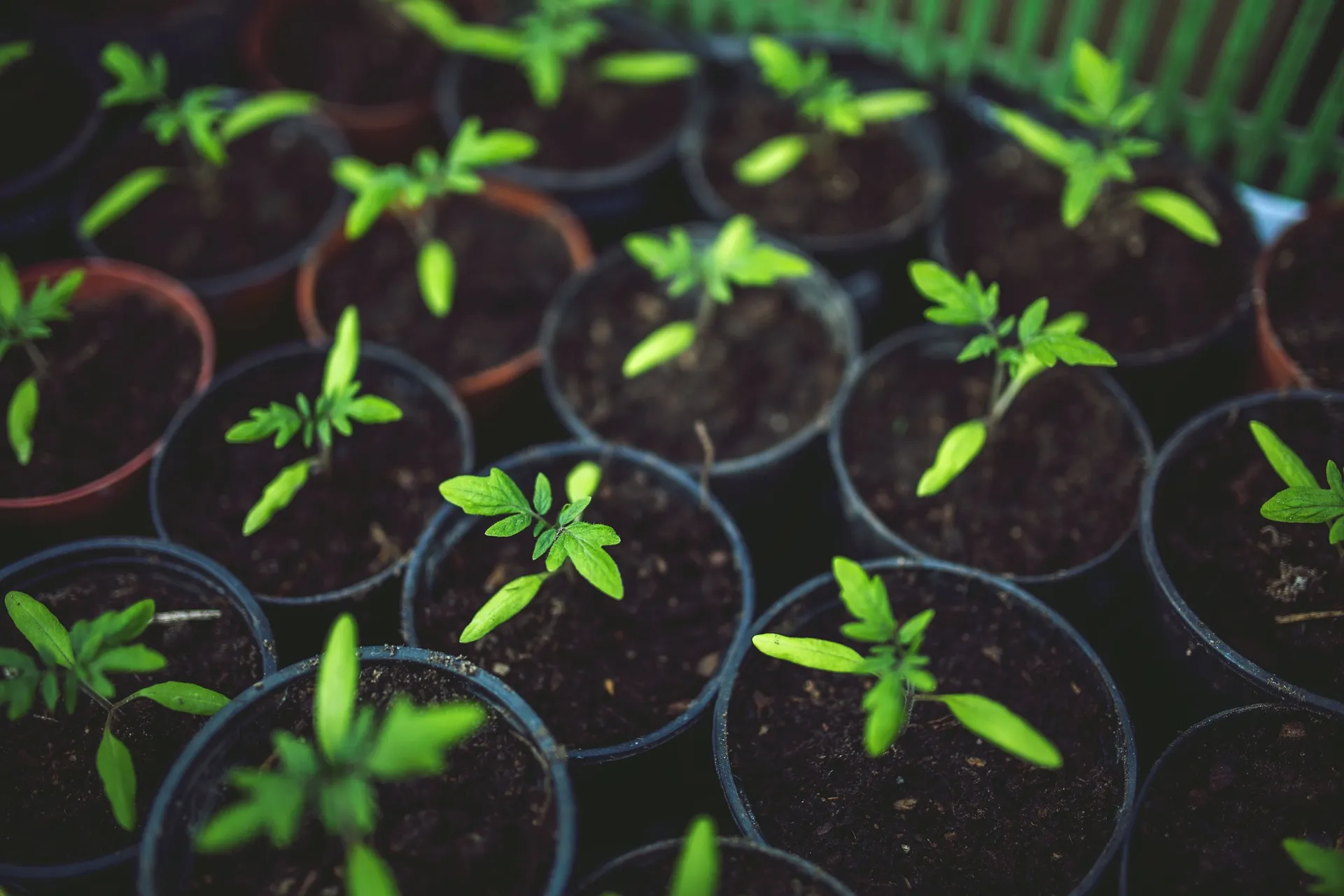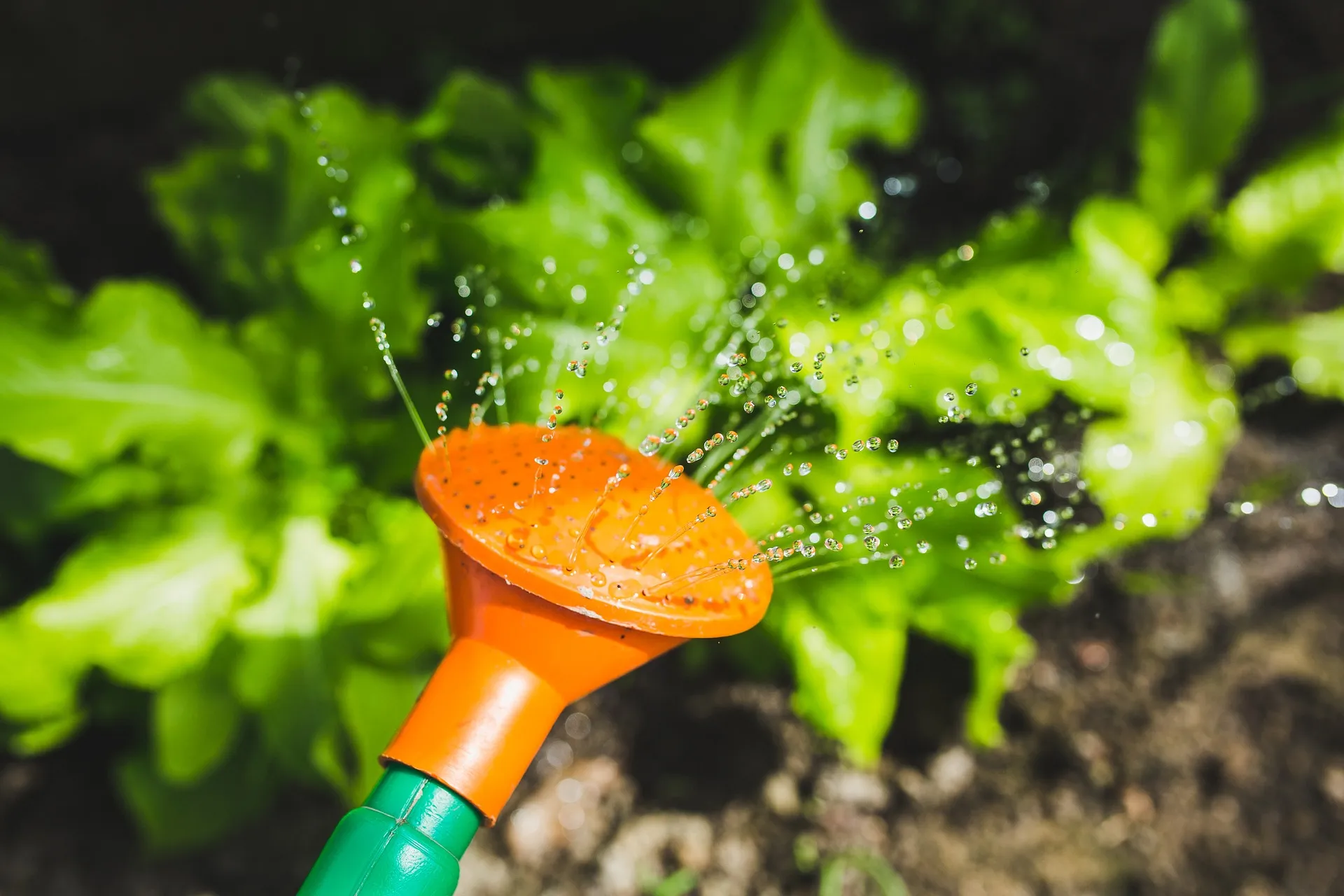How often should you water a tomato plant?

Consider having a plentiful tomato crop every season – luscious, red tomatoes ready for the kitchen.
The good news? You can! Tomato care isn’t hard.
When it comes to growing tomatoes in your organic vegetable garden, the secret is in the soil. Consistent soil moisture is essential for a good crop.
When and how often you should water your tomato plants is determined on the kind, size, and location.

Contents
Start Your Seedlings
When starting tomatoes from seed , the soil can dry out quickly since seedlings are typically in small containers or trays. Inspect the soil on a regular basis to ensure that it has not dried out.
However, seedlings require very little water. Mist seedlings using a spray bottle to keep the top of the soil wet.
If the soil becomes too wet, move the seedlings to an area with increased air flow and hold off on watering again until needed. Never, ever leave seedlings in a pool of water.
More water will be required as seedlings sprout and flourish. If the soil in the tray dries in less than 24 hours, it might be time to move your seedlings to the garden or a larger container.

Growing in the Garden
When you plant tomatoes right in the ground, the roots can extend deep into the soil as they seek out water. Water freshly planted tomatoes well to ensure that the soil is wet and suitable for growth.
Watering plants everyday in the morning early in the growth season. When the weather rises, you may need to water tomato plants twice daily. Garden tomatoes need 1-2 inches of water each week on average.
Container Tomato Plants
Tomato plants grown in containers Garden tomatoes need additional water. Soil in containers heats up faster which leads to more water evaporation.
For containers, a reasonable rule of thumb is to water until water flows freely from the bottom. Water in the morning and recheck soil moisture levels in the afternoon. It’s time to water again once the soil feels dry approximately 1 inch below the surface.
Keep Tomatoes Well Fed
Adding organic mulch to tomato plants reduces evaporation in the soil. This means less watering, which saves you time and money.
Add Espoma’s organic Tomato-tone , a slow-release premium plant food that promotes larger, stronger roots that can survive a little drought and excessive heat.
Several variables influence how much water tomato plants need, including weather conditions and the plant’s size and development rate. Every plant is unique! The best way to give your tomatoes the care they need is to closely monitor the plants and the soil moisture weather.


Related Questions
-
Can you overwater tomatoes?
Too Much Water
Watering your tomato plants correctly is essential for tomato success. Too much water and the plants drown—too little could cause blossom end rot, when the tomatoes turn black on the bottoms. Watering seldom might also result in blossom end rot, split tomatoes, and stressed plants. -
How often should I water potted tomato plants?
7. Water tomato plants in containers on a daily basis. Tomatoes are thirsty plants, especially when they begin to gain size, so they’ll do best when watered at least once a day. Watering is best done in the morning.
-
Should you water your tomato plants every night?
Tomato plants need daily or every other day watering unless there has been recent rain. The plants need 1-1.5 inches of water each week, whereas container-grown tomato plants require twice daily watering. The best time to water your plants is early in the morning before the sun gets too hot.
-
What is the best way to water tomato plants?
TOMATO WATERING TIPS
Water early in the morning to keep the soil wet throughout the day. Water at the bottom of the plant; watering from above promotes illness. Check tomatoes growing in pots often since they dry out quickly. Be steady — changes in water flow cause cracking and the termination of bloom…





